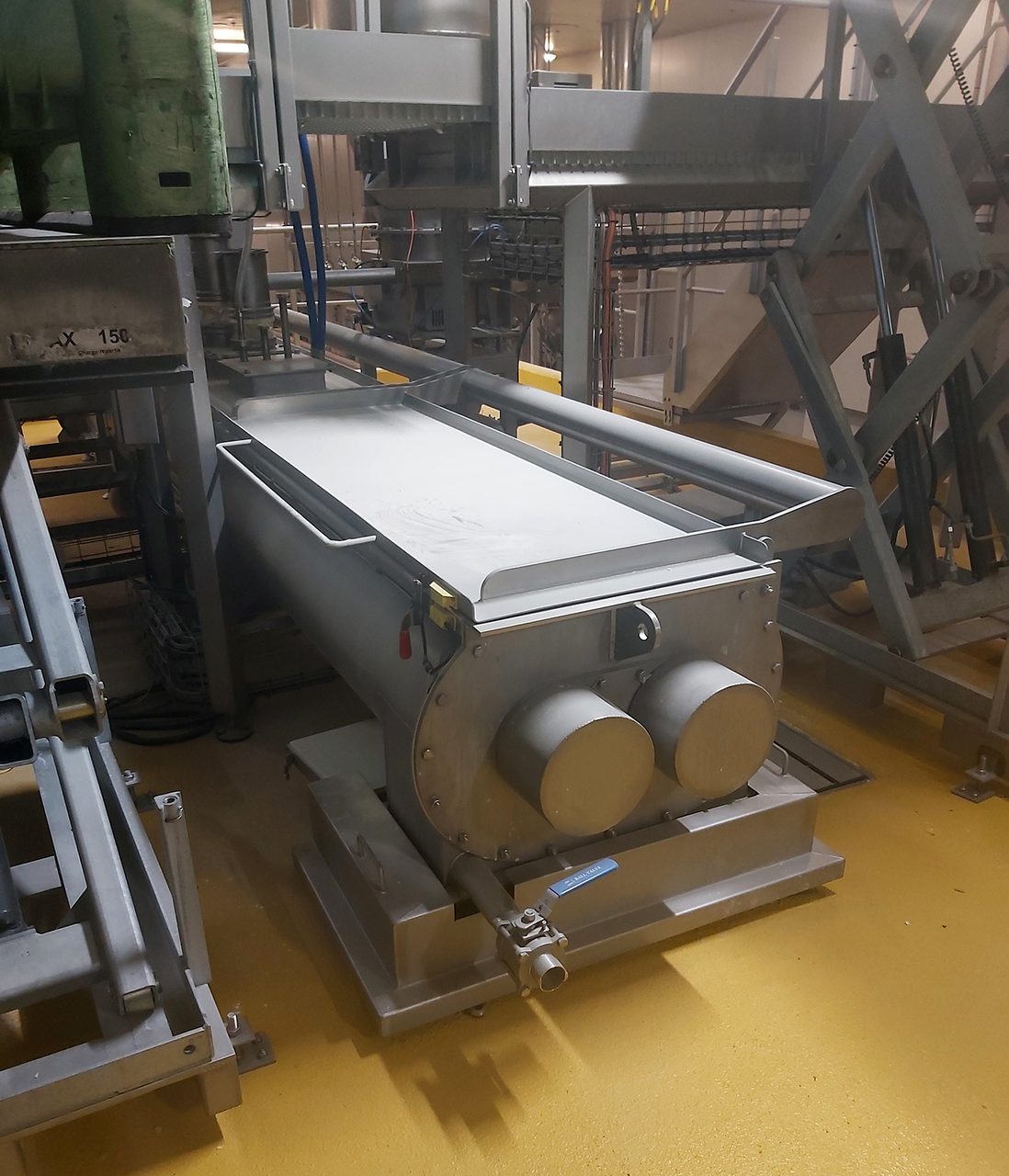When the UK-based pre-fried and frozen potato producer Agristo was looking to expand its production, they turned to Ajax Equipment—a company that supplied the first three mixers at the potato plant.
According to Eddie McGee, managing director at Ajax Equipment, “Ajax has worked with Agristo over a number of years to refine its mixers to suit local site needs and enhance the production of Agristo’s potato products.”
In 2015, the potato maker used one of Ajax’s hire machines to test various product combinations and handling requirements. The resulting feedback allowed Ajax to scale up the mixer’s design, producing a stainless steel continuous twin-paddle mixer with a specially profiled casing for the most effective operation. The fourth mixer supplied continues this development, using Agristo’s experience with their existing machines and Ajax’s expertise to enhance mixing performance, according to McGee.
The stainless steel, twin-screw mixer uses a combination of paddle and Lynflow ribbon screw geometry to provide gentle mixing to grated potato and various additives, including flavorings, to produce a range of potato products with negligible damage to the ingredients.


